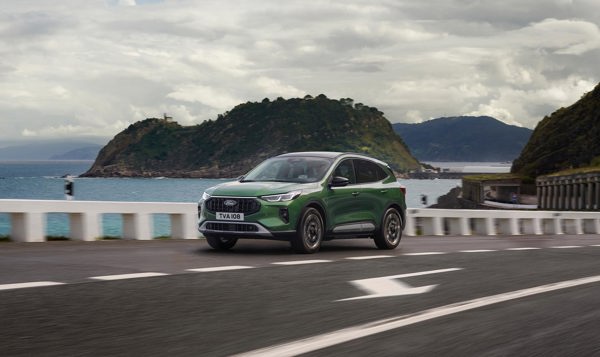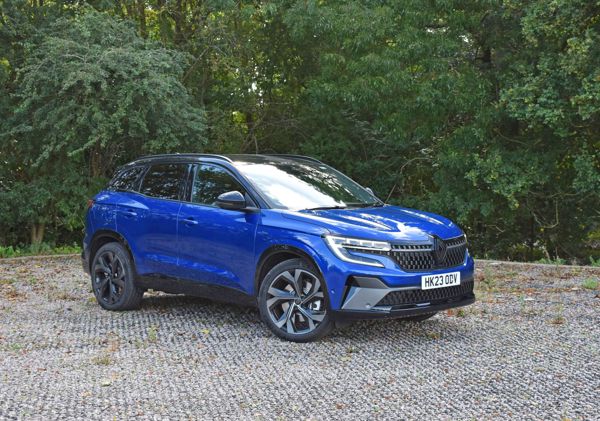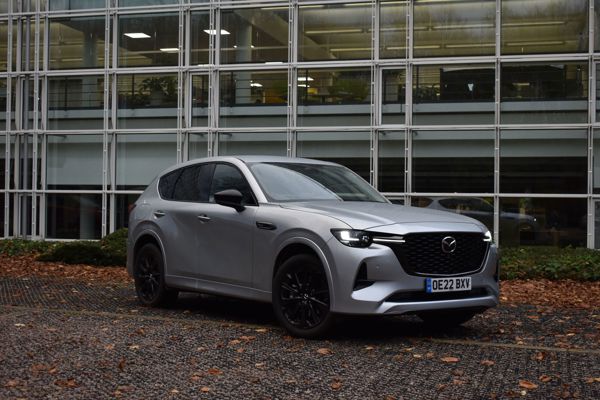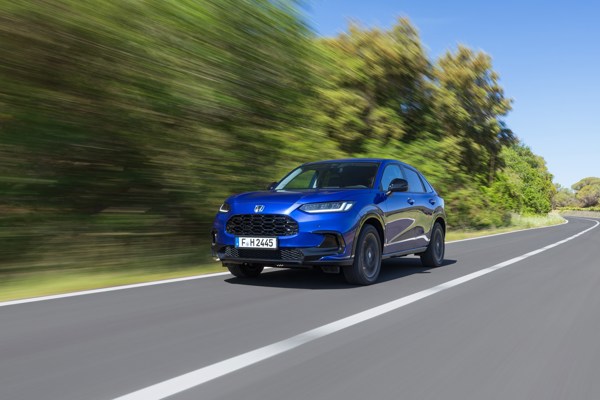Review
We’ve said farewell to the Honda ZR-V now and while it had returned an impressive 52mpg during its time with us (which is above the claimed 48.7 WLTP figure) and I enjoyed not having to worry about plugging it in, It got me wondering, what’s better over the long term from a cost point of view for both the driver and the employer, a self charging or plug-in hybrid?
There are tools available on the Fleet News website to help with this. Using our car tax calculator (www.fleetnews.co.uk/cars/car-tax-calculator) I compared the costs for employer and employee to a suitable rival to the ZR-V, the Kia Sportage PHEV. While the Sportage has a slightly smaller petrol engine, 1.6 vs the Honda's 2.0 the P11d price is very close, £40,795 for the Honda and £40,345 for the Kia.
The company car tax is where the real savings happen for the plug-in, the Honda having 131g/km means a BIK rate of 31% and £2,529 payable anually by the employee over a four year cycle compared to just 8% and £646 for the Kia due to its low CO2 figure (25g/km).
A look at the running cost for the employer also sees the plug-in hybrid ahead with total running costs at 49p per mile for the Honda vs 39p per mile for the Kia. So it looks like quite a saving for both the employer and employee to choose a plug-in over a self charging hybrid. The majority of that saving comes from the fuel costs (15pppm vs 3ppm) which is, of course, assuming the driver regularly charges the car and makes use its zero-emission driving range.
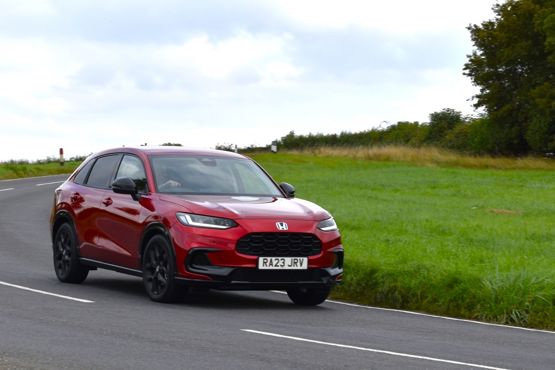
But what if a self charging hybrid is your only option? I also compared the ZR-V to the Ford Kuga 2.5 FHEV. The Fords P11D price is a little lower than the ZR-V at £38,470 and CO2 is 125g/km, this brings the BIK cost to £2,308, around a £200 per year less than the Honda, however for the employer the total running cost of the Ford is higher at 52p per mile.
The Honda ZR-V could be a solid choice for those lacking regular access to a charge point, where its efficient hybrid powertrain delivers impressive real-world fuel consumption.
Road trip highlights best attributes
I love a road trip. It’s a chance to get away from everyday life and visit places you may never have thought to visit. Last-minute plan changes are easy to make, and you can end up finding some locations that really take you by surprise. It’s also a really good way to get to know a car and so my wife and I decided to take the ZR-V on a road trip from Peterborough to The Tan Hill Inn in North Yorkshire – the UK’s highest pub.
The plan was simple, from Peterborough to Nottingham then through the Peak District, up to Skipton and then across the Yorkshire Dales to the Inn – about six hours. Returning the following day, across to the Yorkshire Moors down over the Humber Bridge and through the Lincolnshire Wolds back to Peterborough, another six hours.
We travelled light so the 370 litres boot space (20% more than HR-V) was more than adequate. Boot space increases to 1,291l by folding the rear seats down and the ZR-V has a useful automatic power tailgate.
The interior has a functional, yet pleasant appeal complemented by soft touch materials and subtle detailing with a range of practical stowage compartments including beneath the gear selector and inside the centre arm rest which is big enough for a tablet. Front seat passengers also get two cup holders and multiple USB/USB-C charging slots. The centre tray is also used for wireless mobile phone charging.
The nine-inch touchscreen on the dashboard provides driver information and Sat Nav instructions, while physical buttons and dials are retained for home, back and volume which I like. Apple CarPlay and Android Auto are also available.
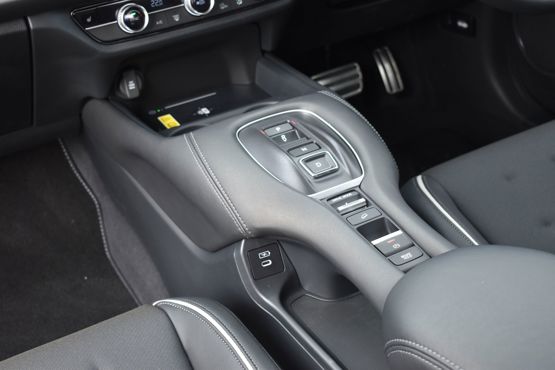
The split-level centre console incorporates the gear selector buttons, each having a unique shape and movement, Honda says this is to make it intuitive for the driver to use without having to take their eyes off the road but in reality, I still have to look down each time to see which button does what.
Honda says the front seats are ergonomically designed to help reduce driver and passenger fatigue on long journeys. I found them to be very comfortable and supportive over the length of our trip without any aches or discomfort however my wife was complaining of slight lower back pain by the end of the journey.
The ZR-V sits lower than the CR-V and wider than the HR-V and is more focussed on drivability and handling. Honda says the hybrid powertrain offers a unique blend of exceptional performance and efficiency across all road types and will provide exhilarating performance usually associated with sports hatchbacks.
Our journey was a mix of all road types from Motorway to unclassified roads and the Honda returned an impressive indicated 52MPG. I was surprised how much I enjoyed the ZR-V over the entire trip. Perfectly suited to comfortable motorway cruising but winding country roads are where the ZR-V really surprises with plenty useable, instant power and impressive grip and stability which really gives you the confidence to press on, the suspension all the while doing a great job of smoothing out our poorer quality roads. The only downside so far is the excessive road noise, particularly when driving in the wet.
Honda ZR-V e:HEV Sport joins our fleet
The ZR-V sits between the HR-V and CR-V in the Honda model line-up. It has a 2.0-litre petrol engine producing 131g/km of CO2 and returning a respectable 48.7mpg. The model is available in three trim levels, Elegance, Sport, and the range topping Advance, all with the same e:HEV hybrid powertrain. Our Sport model is denoted by the honeycomb grille, gloss black body accents and matte black 18-inch wheels.
You get plenty of standard equipment too, including hands-free tailgate, wireless charging and LED headlights but with a price range of between £39,495 to £42,895 it’s to be expected. Our Radiant Red Sport model costs £41,745 which is more expensive than some established rivals.
The ZR-V has the same powertrain found in the Civic and produces a total power output of 184PS and 315Nm of torque, providing acceleration from a standstill to 62 mph in 7.8 seconds.
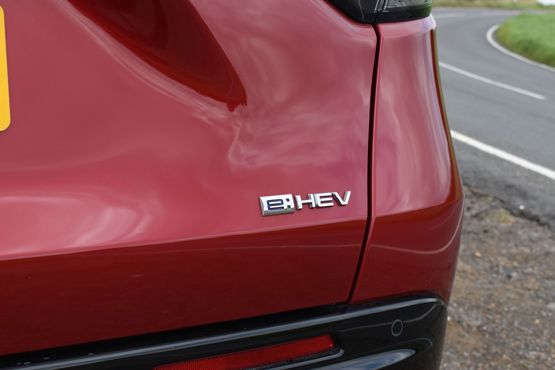
It’s a very clever system where the petrol engine generates electricity for the two electric motors to power the wheels. At low speeds the vehicle mostly runs in EV Drive, producing zero emissions. When the driver requires stronger acceleration, the car will switch to Hybrid Drive to propel the wheels via the electric motors, with the petrol engine generating the required electric power. At constant high speeds, such as on the motorway, the system will shift to Engine Drive, and is directly powered by the petrol engine and assisted by the electric motor when necessary.
The ZR-V also comes with a suite of driver safety systems called Honda Sensing as standard including Collision Mitigation Braking System, Road Departure Mitigation System, Traffic Jam Assist technology, Traffic Sign Recognition System, Adaptive Driving Beam, Driver Attention Monitor. The systems use camera and sensor information to warn and assist the driver in potentially dangerous scenarios.
Four weeks in and I’m really enjoying the ZR-V, power delivery is smooth and seamless, and the suspension is supple enough to smooth out poor road surfaces while remaining enjoyable to drive along twisty B roads. I’m also seeing an indicated fuel economy of 51.4mpg which is impressive.
My only gripe so far is excessive road noise, particularly when driving in the wet.
Specs
| Manufacturer | Honda |
| Model | Zr-V Estate |
| Specification | Honda Zr-V Estate 2.0 eHEV Sport 5dr CVT |
| Model Year | 2023.00 |
| Annual VED (Road tax) | £260 |
| BIK List Price | £41,180 |
| CO2 | 131g/km |
| BIK Percentage | 31% |
| Insurance Group | N/A |
| CC | 1,993 |
| Fuel Type | Petrol Hybrid |
| Vehicle Type | Medium SUV |
| Luggage capacity (Seats up) | 380litres |
| Doors | 5 |
Running Costs
| P11D | £41,180 |
| Cost per mile | 58.22ppm |
| Residual value | £16,100 |
| Insurance group | N/A |
| Fuel Type | Petrol Hybrid |
| Cost per mile | 181.70ppm |
| Fuel | 13.72ppm |
| Depreciation | 166.85ppm |
| Service maintenance and repair | 1.13ppm |
Rivals
Info at a glance
-
P11D Price
£41,180
-
MPG
48.7 (WLTP) -
CO2 Emissions
131g/km -
BIK %
31% -
Running cost
3 Year 60k : £16,100 4 Year 80k : £13,125 -
Fuel Type
Petrol Hybrid



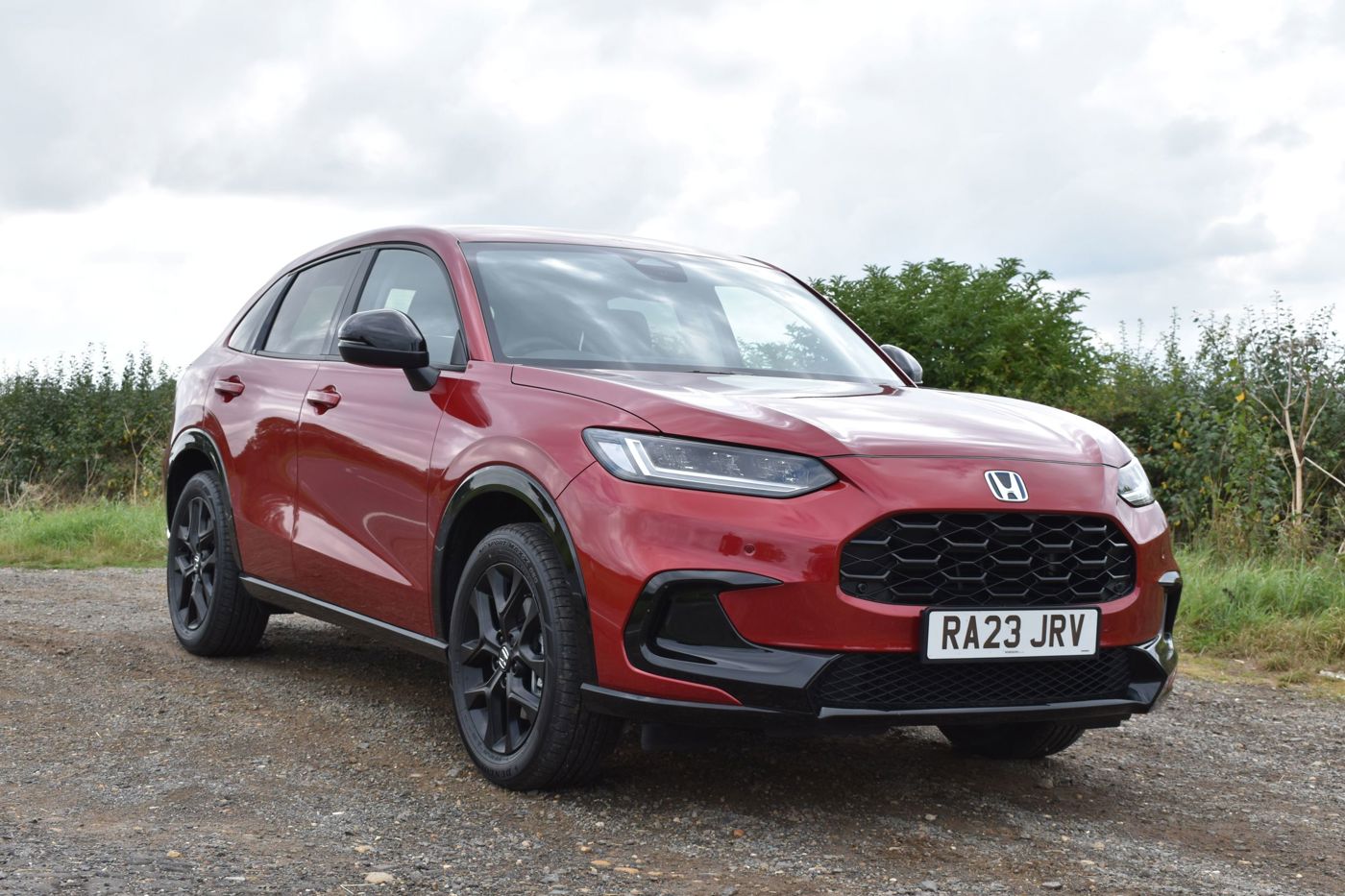






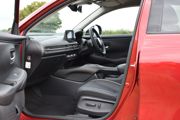

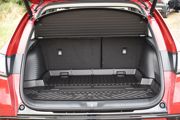
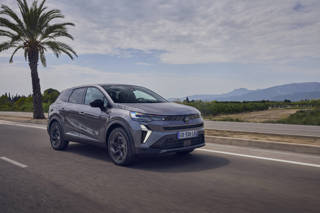
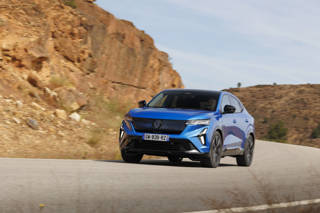
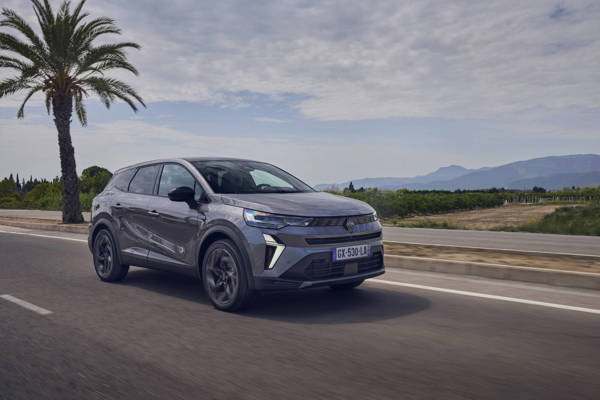
 Petrol Hybrid
Petrol Hybrid

